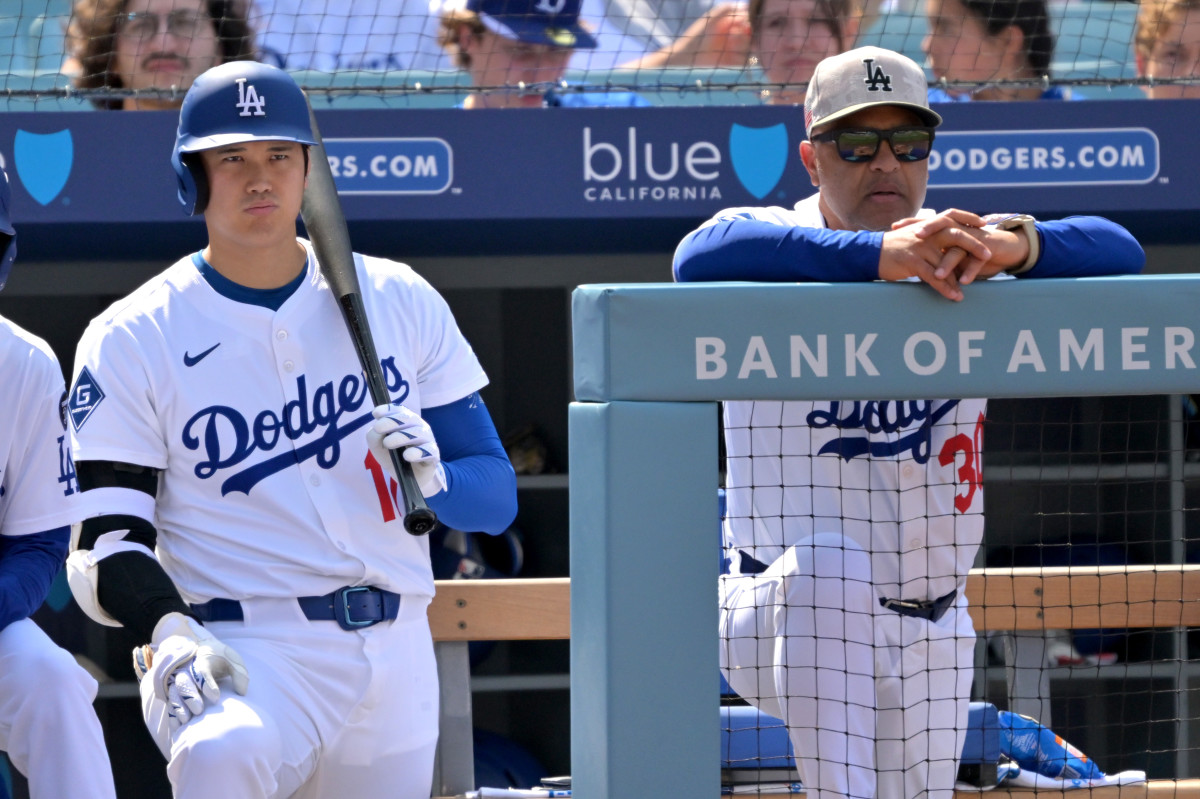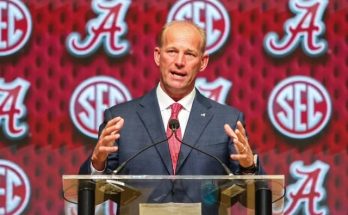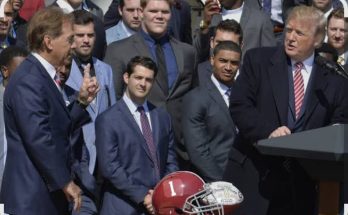The Los Angeles Dodgers’ manager Dave Roberts recently provided a much-anticipated update regarding Shohei Ohtani’s road back to the mound. Ohtani, who has captivated baseball fans worldwide with his rare combination of pitching prowess and power hitting, has been sidelined from pitching duties due to injury concerns. His dual-threat capabilities have made him one of the most exciting and dynamic players in Major League Baseball, and his return to the Dodgers’ pitching rotation is highly anticipated by fans and analysts alike. Roberts’ timeline sheds light on the recovery process, the Dodgers’ cautious approach to Ohtani’s health, and what the team and fans can expect in the coming weeks.
Ohtani’s unique status as both a starting pitcher and a designated hitter has set him apart in the MLB landscape. He has consistently demonstrated the ability to dominate on the mound while also delivering crucial offensive contributions. However, his pitching workload has been carefully managed to ensure his longevity, especially given his past history of injuries. The Dodgers acquired Ohtani with the hope that he would continue to be a two-way player, but his pitching availability has been limited in the current season due to a right elbow injury that forced the team to take precautions.
Roberts’ recent comments on Ohtani’s return were made during a press conference ahead of a critical stretch of games for the Dodgers. When asked about the timeline for Ohtani’s return to the mound, Roberts was measured but optimistic. He emphasized that the team’s priority is to get Ohtani back healthy and effective rather than rushing him and risking further setbacks. According to Roberts, Ohtani could potentially make his return to pitching within the next few weeks, provided his rehab continues to progress smoothly.
The Dodgers’ medical and training staff have been working closely with Ohtani to monitor his elbow and overall conditioning. Rehabilitation protocols have included a combination of rest, physical therapy, and controlled throwing sessions to gradually build up his arm strength and stamina. This methodical approach is designed to minimize the risk of re-injury while allowing Ohtani to regain confidence on the mound. Roberts acknowledged that Ohtani’s return will also depend on how he performs in bullpen sessions and simulated games before being cleared for actual competitive starts.
The importance of Ohtani’s pitching return cannot be overstated. In recent seasons, Ohtani has emerged as a frontline starter who can consistently deliver high strikeout numbers and keep opposing offenses off balance. His pitching arsenal, featuring a blazing fastball, devastating splitter, and sharp breaking pitches, has been instrumental in the Dodgers’ efforts to contend for a championship. With the postseason on the horizon, having Ohtani available as a starter would be a huge boost for the Dodgers’ pitching depth.
Moreover, Ohtani’s presence on the mound also has a psychological impact on opponents. His reputation and success create pressure for hitters and add an extra layer of strategy for opposing managers when setting their lineups. The Dodgers are aware of the multifaceted value Ohtani brings, not just as a pitcher but as an all-around threat who forces teams to prepare differently.
While the timeline provided by Roberts is hopeful, it is tempered with caution, reflecting the Dodgers’ commitment to long-term success over short-term gains. Ohtani has already dealt with a significant injury that sidelined him from pitching for an extended period, and the Dodgers are keen to avoid any recurrence that could jeopardize his dual-role capabilities. This careful balance between maximizing his contributions and protecting his health has been a hallmark of the Dodgers’ management strategy since acquiring him.
Roberts also touched on how the team is managing Ohtani’s workload in his current role as primarily a designated hitter. Even though he is not pitching, Ohtani continues to contribute offensively and in the field. The Dodgers have been mindful to keep him involved in the game to maintain his rhythm and overall athletic conditioning. His ability to hit at a high level while recovering from his pitching injury demonstrates his resilience and value to the team.
The Dodgers’ fans, who have been eager to see Ohtani back on the mound, responded positively to Roberts’ timeline. There is a collective sense of excitement and anticipation for the day Ohtani throws his first pitch again in a Dodgers uniform. This excitement is not just rooted in his star power but also in the tangible impact he can have on the team’s success in a highly competitive National League West division.
In the meantime, the Dodgers have been adjusting their pitching rotation to compensate for Ohtani’s absence on the mound. Other starters have stepped up to fill the void, and the bullpen has been tasked with additional innings. While the team has managed to maintain a strong performance, the addition of Ohtani back into the rotation would provide a welcome boost and greater flexibility for manager Dave Roberts when setting pitching matchups.
The Dodgers have also been transparent about the fact that Ohtani’s return might be gradual. He may initially be limited to shorter outings or pitch in lower-leverage situations to ease back into the rigors of starting pitching. This incremental approach is designed to allow Ohtani to build arm strength and regain his form without the pressure of immediate high-stakes starts. The organization recognizes that a successful long-term return is more important than an expedited but risky comeback.
Ohtani’s journey through recovery is a testament to his work ethic and determination. Known for his rigorous training regimen and mental toughness, he has remained engaged with the team’s staff and coaching throughout his rehab process. His commitment to returning to full pitching form is evident, and the Dodgers are confident that he will be able to contribute at the highest level once he is ready.
As the timeline unfolds, all eyes will be on Ohtani’s bullpen sessions and any minor league rehab assignments that the Dodgers might use to facilitate his transition back to pitching. These outings will be closely monitored for velocity, control, and durability. The team’s goal is to ensure that Ohtani can handle the physical demands of pitching at the MLB level without setbacks.
The significance of Ohtani’s return extends beyond the Dodgers themselves. Across Major League Baseball, he represents a rare talent and a symbol of the sport’s evolution. His ability to excel both on the mound and at the plate challenges traditional roles and expands the possibilities for player development and utilization. His comeback timeline is therefore of interest not only to Dodgers fans but to the broader baseball community.
In conclusion, Dave Roberts’ recent announcement about Shohei Ohtani’s pitching return timeline offers a hopeful glimpse into the near future. While the Dodgers remain cautious and prioritize Ohtani’s health, there is optimism that he could be back on the mound within a few weeks. His return would not only strengthen the Dodgers’ rotation but also invigorate the team’s championship aspirations. As the Dodgers and their fans await that moment, the journey of Ohtani’s recovery continues to inspire and demonstrate the resilience of one of baseball’s most remarkable talents.



